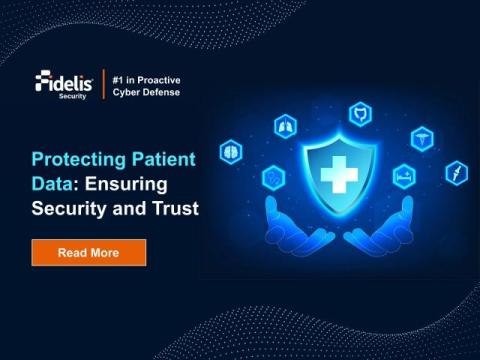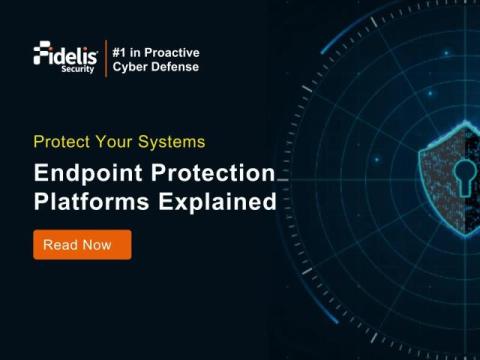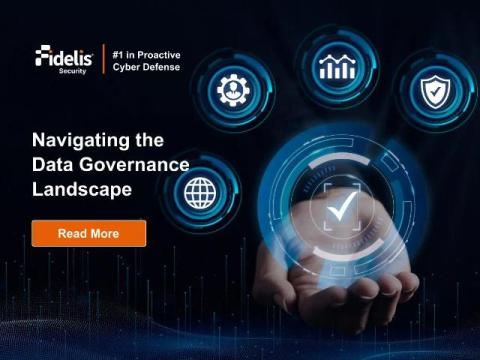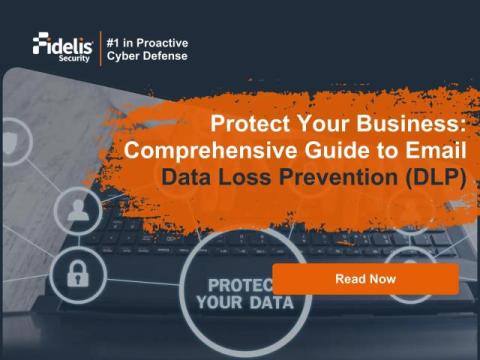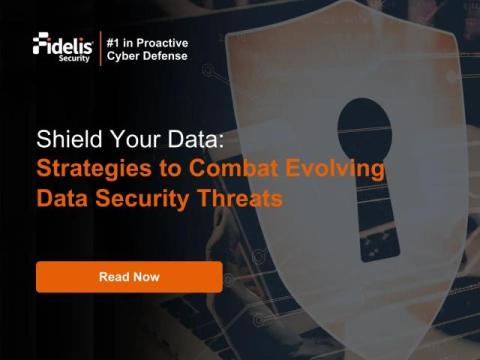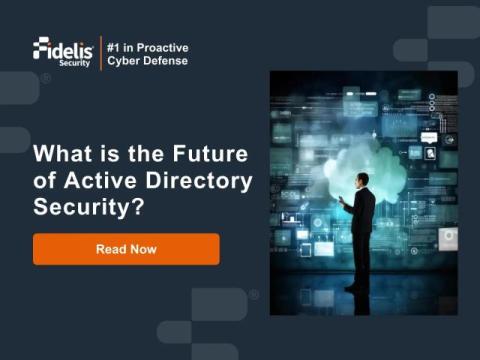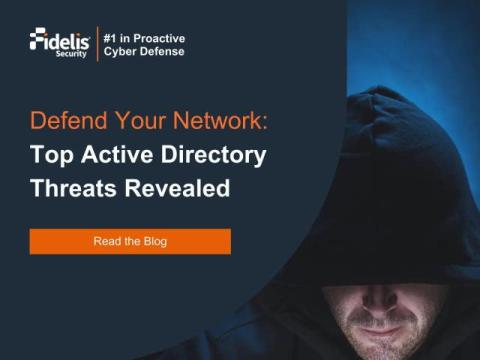Comprehensive Guide to Healthcare Data Security: Essential Safety and Compliance Tips
Healthcare data security is one of the top responsibilities in this digital age. Since patients’ sensitive information can be stored and shared online, healthcare companies need to work hard on securing it by implementing more stringent measures as cyber threats are rapidly changing. In this piece we will explore deeply the central aspects of healthcare data security: challenges, best practices and future activities.


